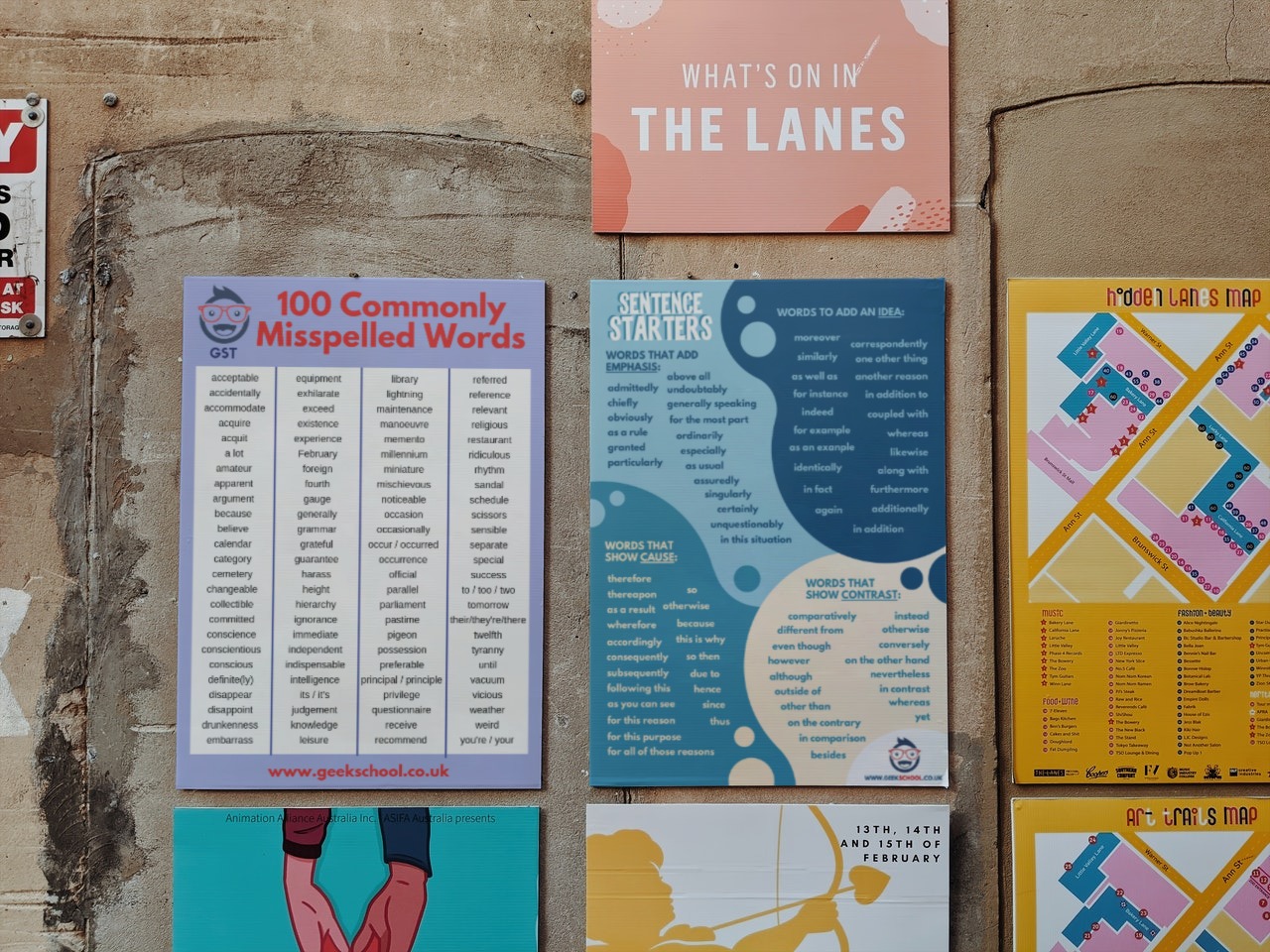There are a lot of homophones in the English language. These words are pronounced the same but have different spellings and meanings. It can be challenging to know which word to use in a sentence.
1. What are homophones, and why should you care about them?
Homophones are words that share the same pronunciation but have different spellings and meanings. They can be confusing for writers because they are not always interchangeable.
For example, “flower” could be a homophone for “flour.” If you’re baking a cake, you want to use the latter. If you’re writing a poem about a rose, you would like to use the former.
While it might not seem like a big deal to mix up these words, it can change the meaning of what you’re trying to say. This can confuse your readers and make them think you don’t know how to spell correctly. It’s essential to be aware of homophones to use them correctly in your writing.

2. Some of the most common homophones
Here are some of the most common homophones in the English language
- flower/flour
- break/brake
- our/are
- you’re/your
- they’re/their/there
- it’s/its
- here/hear
- sole/soul
3. How to use homophones correctly
Now that you know some of the most common homophones let’s discuss how to use them correctly. The best way to do this is to understand the different meanings of each word and when to use them
For example, look at the homophones “break” and “brake.” The word “break” can be used as a verb or a noun. It can mean snapping something in half or taking a break from something. The word “brake” is always used as a verb. It refers to the act of stopping
Here are some examples of how to use these words correctly in a sentence:
- The vase fell and broke into pieces
- I’m going to break for lunch in an hour
- I need to brake for this stop sign
As you can see, homophones can be tricky to use. But with some practice, you’ll be using them correctly in no time!
4. Practice makes perfect
The best way to learn how to use homophones correctly is to practice using them in your writing. Here are some examples to get you started:
Can you tell me the flour measurement for this recipe?
- Yesterday we went to the beach and saw a batch of turtles hatching
- After running for hours, I finally reached my goal
5. How do you know which one to use in a sentence?
If you’re unsure which homophone to use in a sentence, try looking up the word in the dictionary. The correct spelling will be listed next to the pronunciation
You can also try reading the sentence aloud. This will help you hear which word sounds right.
We have just what you need if you’re still unsure about which homophone to use or want a more in-depth look at the different types of homophones and when to use them.
Our Commonly Misspelled Words posters and workbooks are perfect for students of all ages who want to improve their spelling skills. So why wait? Buy now and become a pro at choosing the correct homophone every time.



Leave a Reply
You must be logged in to post a comment.